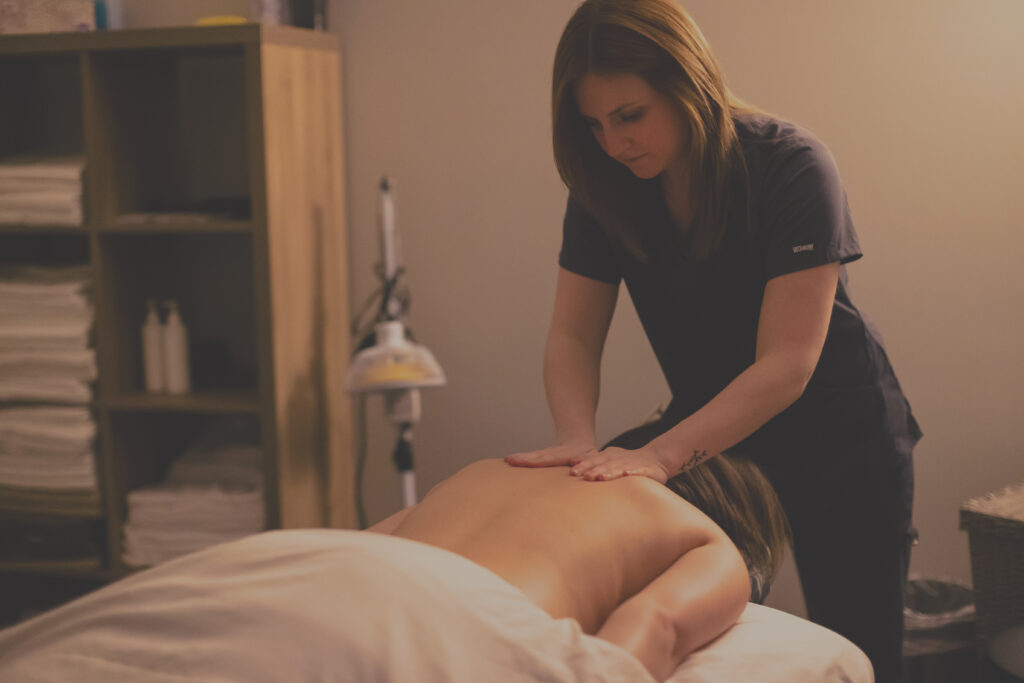Dowager’s hump, medically known as kyphosis or hyperkyphosis, is a condition characterized by an abnormal forward curvature of the upper thoracic spine. It often affects older individuals, particularly postmenopausal women, hence the term “Dowager’s Hump.” This blog post aims to provide a comprehensive overview of Dowager’s Hump, its causes, prevention strategies, and available treatments, all of which are vital for maintaining optimal spine health.
Understanding Dowager’s Hump
Dowager’s Hump results in the excessive curving of the upper back, leading to a noticeable hump-like deformity between the shoulder blades. This condition not only affects one’s physical appearance but can also have significant implications for overall health and well-being. Kyphosis can cause chronic pain, reduced lung capacity, and limitations in physical activities, impacting an individual’s quality of life.
Causes
Several factors can contribute to the development of Dowager’s Hump, including:
a) Osteoporosis: The most common cause of Dowager’s Hump is osteoporosis, a condition where the bones become weak and brittle due to low bone density. As bone mass decreases, the vertebrae in the spine can collapse and become wedge-shaped, leading to an exaggerated curvature.
b) Poor Posture: Prolonged poor posture, especially slouching and hunching over electronic devices, can put strain on the spine and contribute to the development of hyperkyphosis.
c) Aging: As we age, the spinal discs naturally degenerate, and the ligaments that support the spine may weaken, making the spine more susceptible to curvature abnormalities.
d) Muscle Weakness: Weak back muscles can fail to provide adequate support to the spine, allowing it to adopt an unnatural curvature.
e) Connective Tissue Disorders: Certain connective tissue disorders, such as Marfan syndrome, can weaken the ligaments and lead to hyperkyphosis.
Prevention
While some risk factors, such as aging and genetics, are beyond our control, there are proactive measures one can take to minimize the risk of developing Dowager’s Hump:
a) Regular Exercise: Engaging in activities that promote good posture and strengthen the back and core muscles can help maintain a healthy spine. Exercises like yoga, Pilates, and strength training can be beneficial.
b) Proper Posture: Being mindful of posture throughout the day, whether sitting or standing, can help reduce stress on the spine and prevent curvature abnormalities.
c) Calcium and Vitamin D Intake: Consuming adequate amounts of calcium and vitamin D through a balanced diet or supplements can support bone health and reduce the risk of osteoporosis-related kyphosis.
d) Avoiding Smoking and Excessive Alcohol: Both smoking and excessive alcohol consumption can weaken bones and contribute to osteoporosis, making it essential to avoid these habits.
Treatment Options for Dowager’s Hump
If Dowager’s Hump is diagnosed, various treatment options may be recommended, depending on the severity and underlying cause:
a) Chiropractic Care or Physical Therapy: A targeted program can help improve posture, strengthen back muscles, and increase flexibility.
b) Medications: In cases where osteoporosis is the root cause, medication to improve bone density and reduce the risk of fractures may be prescribed.
c) Bracing: For some individuals, especially adolescents with developing spines, bracing might be recommended to correct the curvature.
d) Surgery: In severe cases or when other treatments are ineffective, surgery might be considered to stabilize and correct the curvature.

Dowager’s Hump is a condition that can significantly impact spine health and overall well-being. Understanding its causes, implementing prevention strategies, and seeking early treatment are essential steps to maintain a healthy spine and prevent the progression of kyphosis. By promoting good posture, regular exercise, and a bone-healthy lifestyle, individuals can take proactive measures to support their spine and lead a more comfortable and active life. Always consult a healthcare professional for personalized advice and treatment options if you suspect any issues with your spine or posture.

Recent Comments